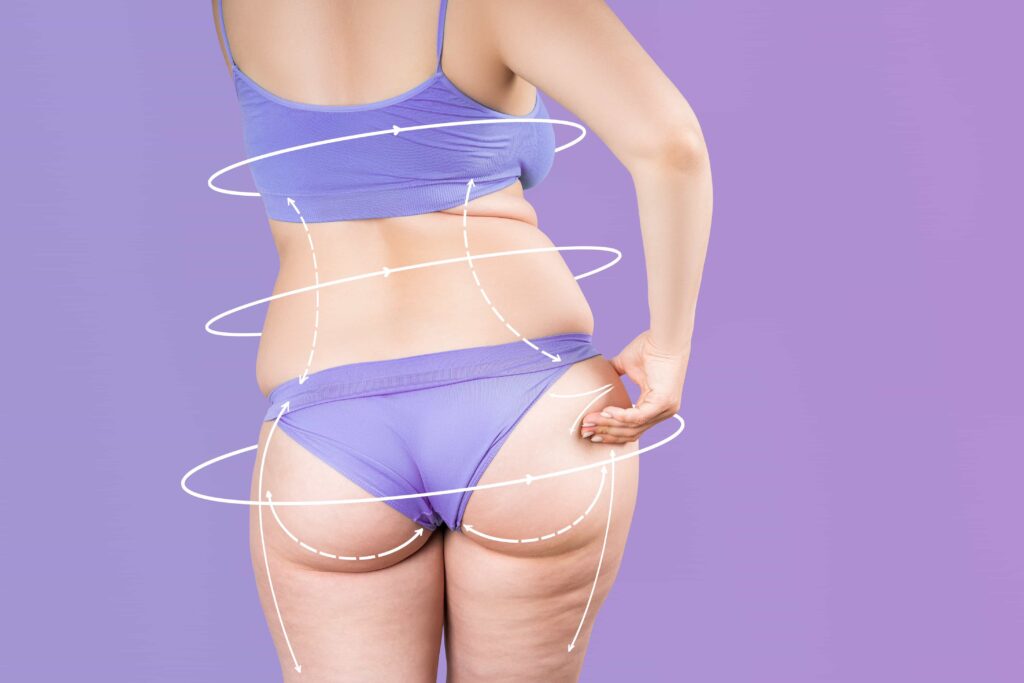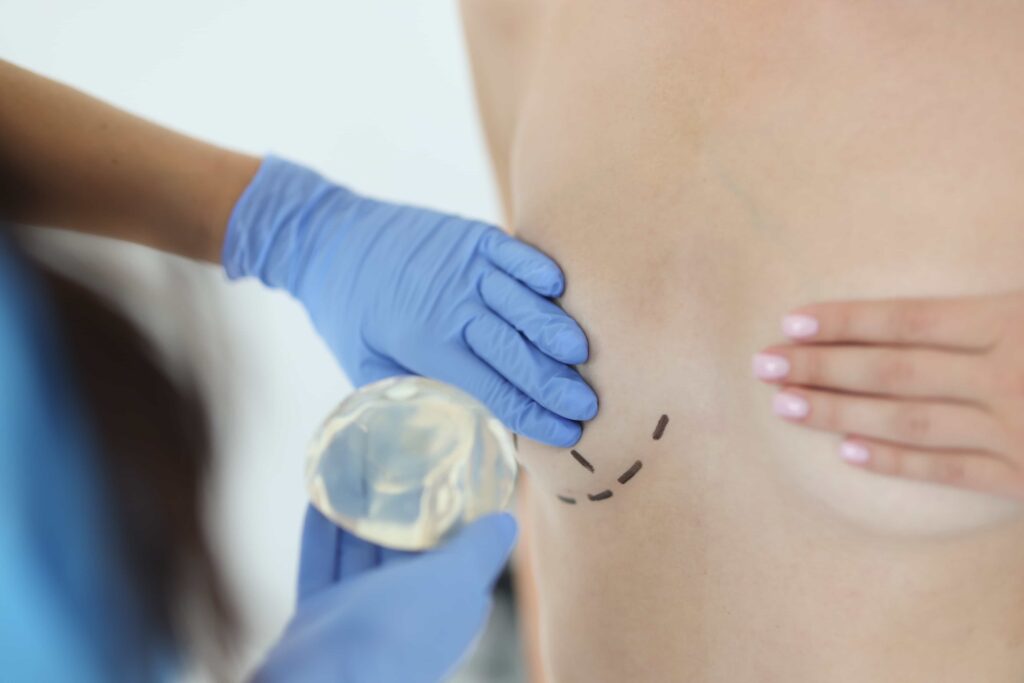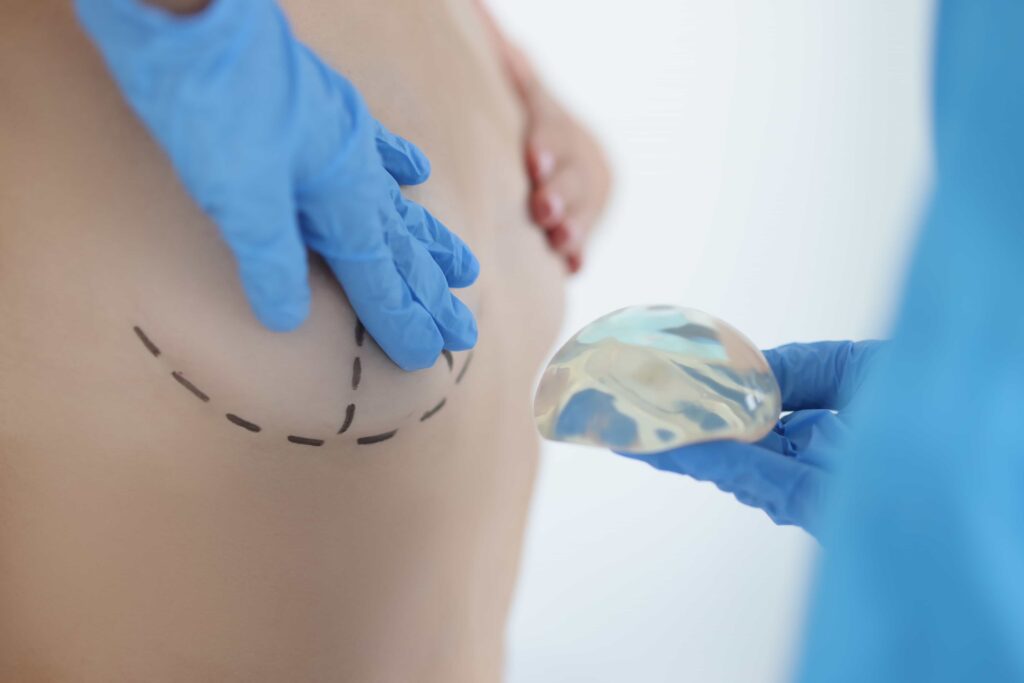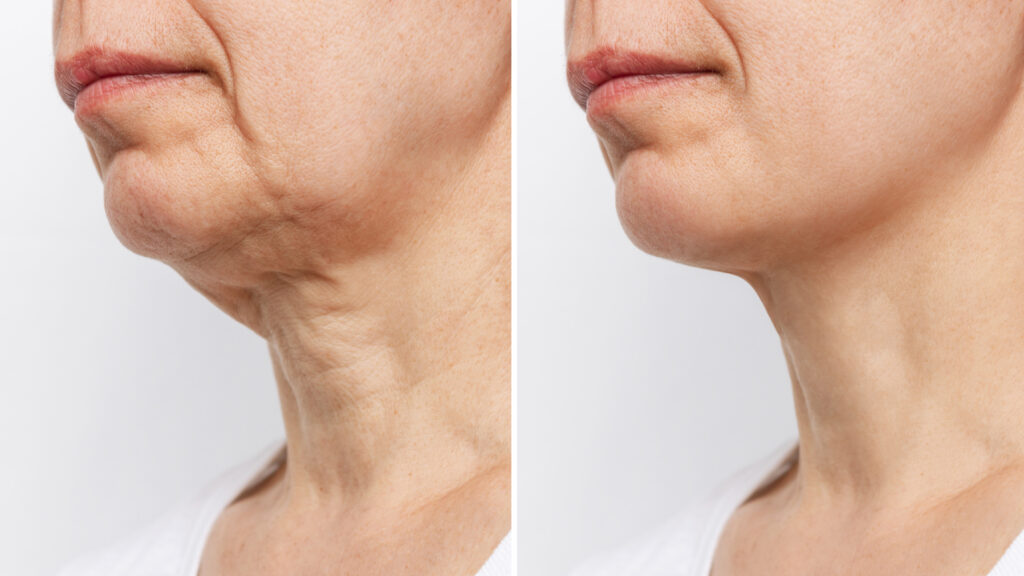A surgical facelift, also known as rhytidectomy, is a cosmetic procedure that aims to improve the visible signs of aging in the face and neck.

A surgical facelift, also known as rhytidectomy, is a cosmetic procedure that aims to improve the visible signs of aging in the face and neck. The procedure involves:
Good candidates for a surgical facelift usually meet these conditions:
•They have sagging or loose skin in the cheeks, jowls, or neck.
•They show deep lines or folds in the lower face and neck.
•They have lost facial volume and want to restore a youthful look.
•They understand what the surgery can and cannot do.
•They are in good health with no conditions that could slow healing.
A surgical facelift is an invasive procedure. It usually requires general anesthesia and time to recover. Talk to a qualified plastic surgeon to see if this option fits your needs.
Here are some key benefits of a facelift:
There are several types of facelift surgeries. Each one focuses on different areas of the face and neck. Here are the main types:
Traditional facelift:
The surgeon makes cuts around the ears, hairline, and under the chin. They lift the skin, tighten muscles, remove extra fat, and reposition the skin. This option is best for people who want major changes in facial aging.
SMAS facelift (SMAS rhytidectomy):
This type focuses on the lower two-thirds of the face. The surgeon tightens the muscle layer, removes extra fat and skin, and reshapes the cheeks and lower face. It’s a version of the traditional facelift.
Deep plane facelift:
The surgeon lifts the skin, fat, and muscle together as one layer. This method treats multiple areas of the face at once.
Mid-facelift:
This facelift improves the middle of the face. The surgeon lifts and tightens the cheek fat and skin.
Mini-facelift:
This less invasive option targets the lower face and neck. It’s faster and often ideal for younger patients with mild sagging.
Cutaneous (skin) facelift:
This surgery only treats the skin. It often focuses on the neck and lower face.
Healing Timeline After a Facelift
Right after surgery:
Your surgeon will place bandages on the incision areas. A small drain may be used to remove extra fluid. You can expect swelling, bruising, and some discomfort.
First week:
Swelling and bruising will be at their worst in the first few days. They will slowly get better. Pain can be managed with prescribed medicine. Stitches or staples are usually removed within a week.
Weeks 2–3:
Most of the bruising and swelling should go away. Some minor swelling may remain but will keep improving.
Weeks 6–8:
By now, most people feel ready to return to normal routines. Be sure to follow your surgeon’s advice about exercise and sun exposure.
Long-term:
It may take a few months to see the final results as your skin and tissues settle. Follow-up visits with your surgeon help track healing and address any concerns.
Everyone heals at their own pace. Always follow your surgeon’s instructions to support healing and avoid problems.
A facelift won’t stop aging, but it can make you look younger for a long time.
How long do results last?
Most facelift results last about 5 to 10 years. This depends on your genetics, skin quality, lifestyle, and overall health. A facelift can’t stop time, but it can turn back the clock.
What happens over time?
As you age, your face will naturally change. Still, you will likely look younger than if you had never had the procedure.
How can you maintain results?
Living a healthy lifestyle, caring for your skin, and avoiding sun damage can help your facelift last longer.
Is more treatment needed?
A facelift helps with sagging skin and deeper wrinkles. But it may not fix every sign of aging. You might need other treatments later based on your goals.
What should you do next?
Talk with a qualified plastic surgeon. They can give you a better idea of how long your facelift will last and what other options might help.
Facelifts, like all surgeries, carry some risks. Here are a few possible complications:
1.Bleeding: Sometimes, too much bleeding can happen during or after surgery. However, surgeons take steps to lower this risk.
2.Infection: Infections can occur after surgery. Most are treated with antibiotics. Good hygiene and proper wound care help prevent this.
3.Hematoma: In some cases, blood can collect under the skin. This is called a hematoma. Doctors may need to drain it to avoid problems.
4.Nerve injury: Some people may feel numbness or weakness if a facial nerve is affected. Most cases are temporary. Skilled surgeons work carefully to avoid nerve damage.
5.Scarring: All facelifts leave scars, but surgeons try to hide them in natural skin folds. They also close wounds in a way that helps reduce scar visibility.
With proper care and a trusted surgeon, the chances of serious complications are low.
Price varies by location and skill of the plastic surgeon











